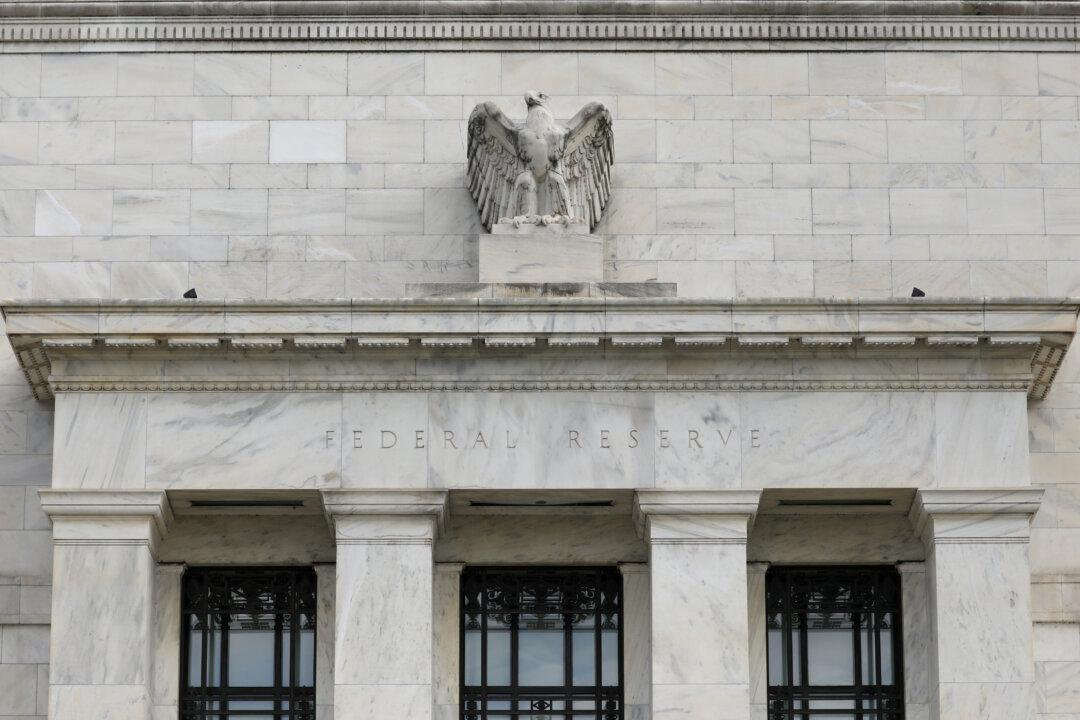After Jerome Powell became Fed chairman in 2017, this publication made the not-so-bold prediction that he would bail out financial markets when necessary, although he doesn’t have a doctoral degree, and was talking and walking tough for most of his tenure.
But when markets crashed 20 percent in the last quarter of 2018, due to Powell’s incessant raising of rates, tough talk, and reduction of the Fed balance sheet, he got cold feet, as expected, and flip-flopped with some very accommodative language.





